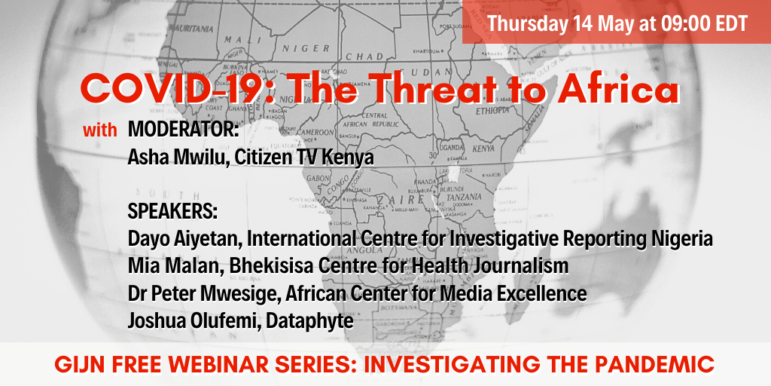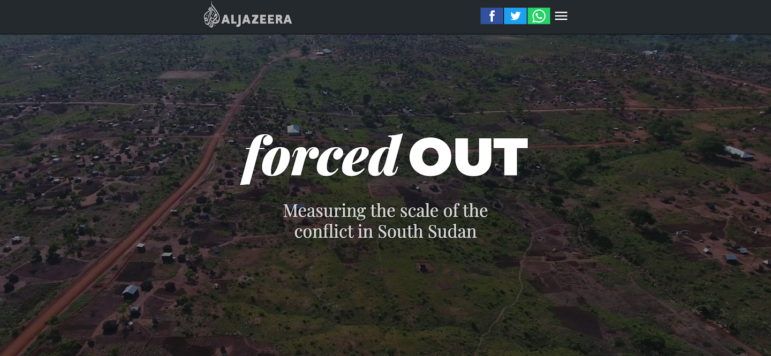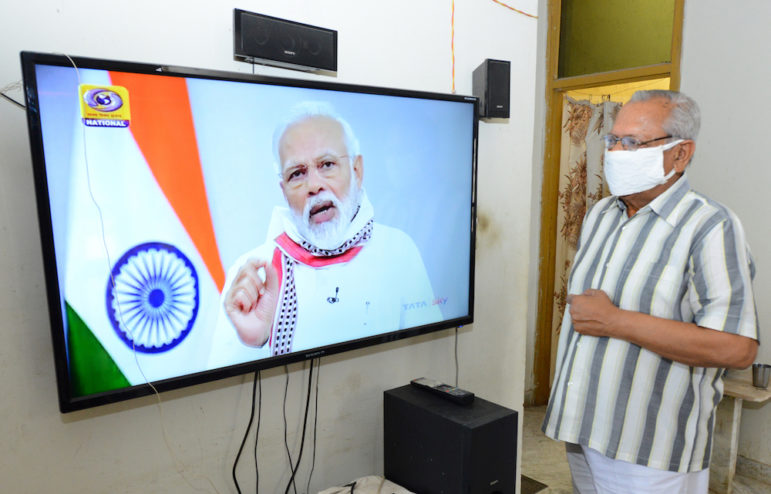
GIJN Webinar — Investigating the Pandemic: The Threat to Africa
In this latest of GIJN’s webinar series, experienced African journalists will share their assessment of the COVID-19 coverage to date, offer suggestions for future investigations, and share their strategies, tips and tools to help journalists to investigate the most important pandemic stories on the continent.








